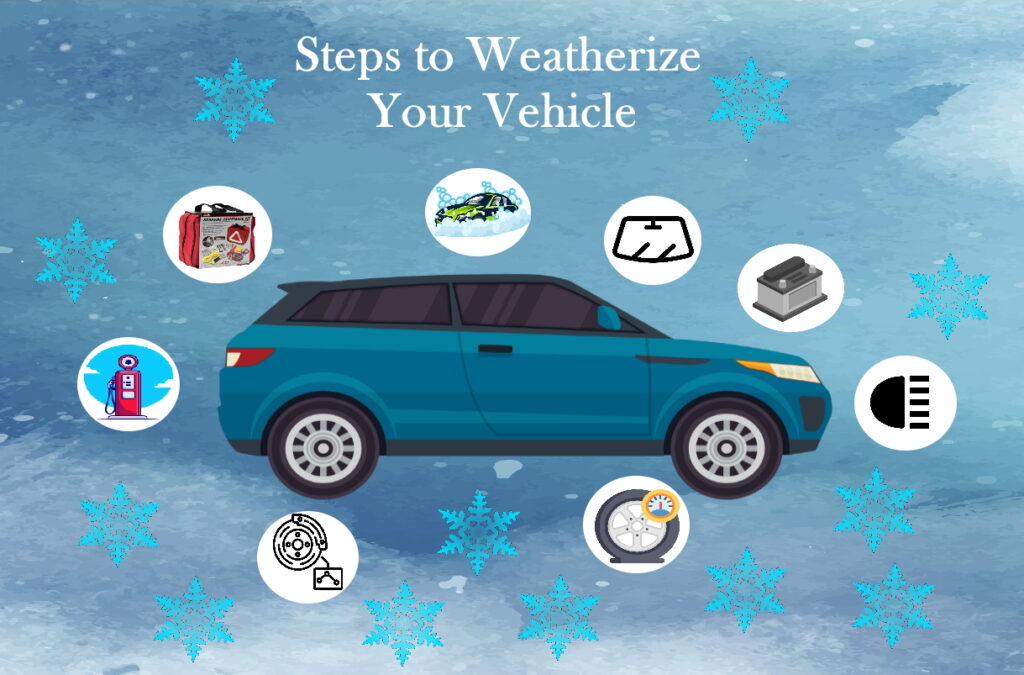So how can you prepare your vehicle for winter?
Below are recommended tips to keep your vehicle running and you safe this winter.
Wash your vehicle often to protect your car’s paint from the corrosive effect of salt, sand, and debris. Ensure the car’s undercarriage receives a thorough wash, as that area gets the most corrosion damage. By washing off the salt, sand, and debris regularly, you prevent the possibility of rust. Make sure you wash your vehicle after every winter storm.
ADD A PROTECTIVE LAYER OF WAX
When the weather is cold, I know that car care is at the bottom of your to-do list in the winter. But we urge you not to let a little chilly weather put your car’s paint at risk.
If you have a garage or covered area on a warmer day, we advise you to throw on a coat of wax. Wax creates a barrier between the car paint and the snow, ice, salt, sand, gravel, and grime that is everywhere during the winter.
By applying wax, you are effectively putting a protective layer over the paint. Using wax is always a good maintenance tip both in the winter and during the summer to protect your car’s paint from the harsh elements, but it’s imperative at the end of fall, December 21st.
You can also use a convenient spray wax product for touch-ups or as a time saver.
If you have no option but to leave your car parked outside, you can always protect it from the elements with a car cover. Car covers are designed for wintry weather protection and to keep excess moisture and ice off the car’s paint. Car covers can also be used in bright, sunny summers when sun damage can fade your paint. Car covers reduce the wear caused by scraping off ice and brushing snow off the vehicle. Car covers not only save your car’s paint but can also save time getting your car ready to go to work in the morning.
SWITCH TO WINTER TIRES
If you live in a frigid winter climate where the temperature consistently hovers around or below freezing, it’s recommended that you install winter tires to winterize your vehicle. Winter tires use special compounds engineered to resist hardening in cold temperatures, providing better traction in ice, snow, slush, and even dry pavement. The rubber compound in non-winter tires hardens and decreases the tire’s ability to grip the road.
Before heading off on a trip, store standard tools and supplies in your car in case of an emergency. This also runs true for summer road trips as well. Always be prepared, just in case. You can pick up a road safety kit at most auto stores. I got mine from Walmart at a very affordable price.
HEADLIGHTS/FOGLIGHTS/BRAKE LIGHTS
The change of seasons brings daylight savings and more driving hours in the dark. Make sure your exterior and interior lights work. There’s nothing worse than being pulled over for driving around with a broken headlight or taillight. So, as a safety check before every drive, it’s always advisable to walk around your vehicle and examine your tires and exterior lights. Even your cars blinker.
Therefore, scrapes and scratches are a widespread problem on car hoods. Still, thanks to modern technology, a specifically designed transparent film that is barely visible has been manufactured for cars. They can be applied as a paint protection film, effectively saving the vehicle from damage caused by dirt, gravel, and salt.
Phone: (209) 718-7000 to schedule your appointment
Location: 500 Glass Lane Ste C-3, D-4 Modesto, California 95356
Contact us through our Contact Form













